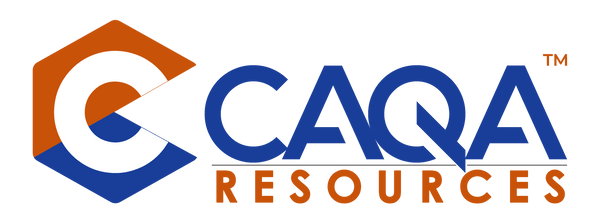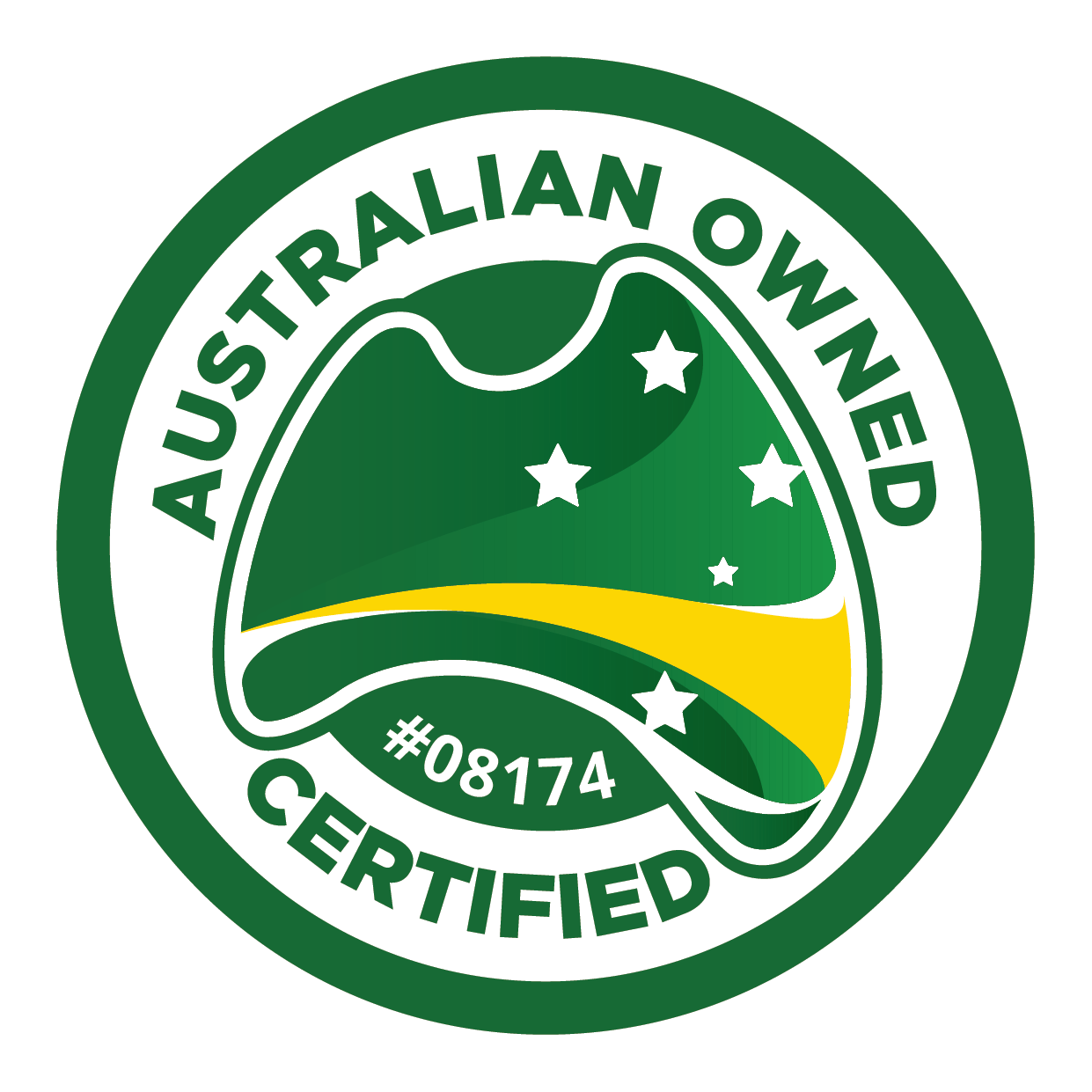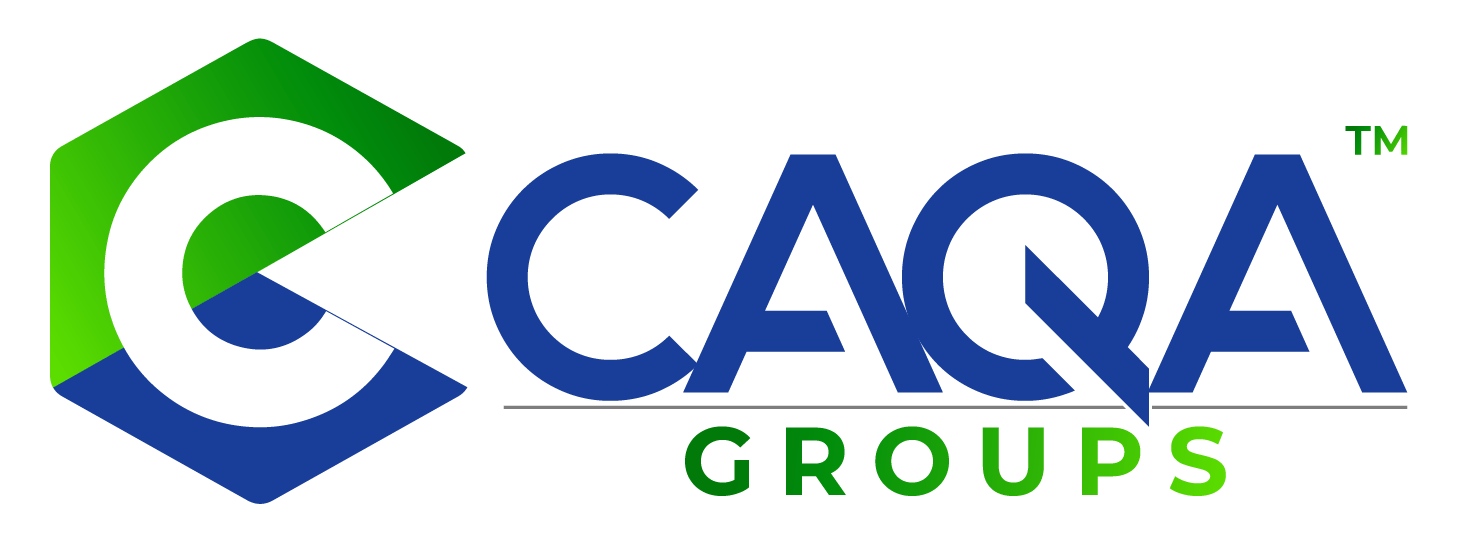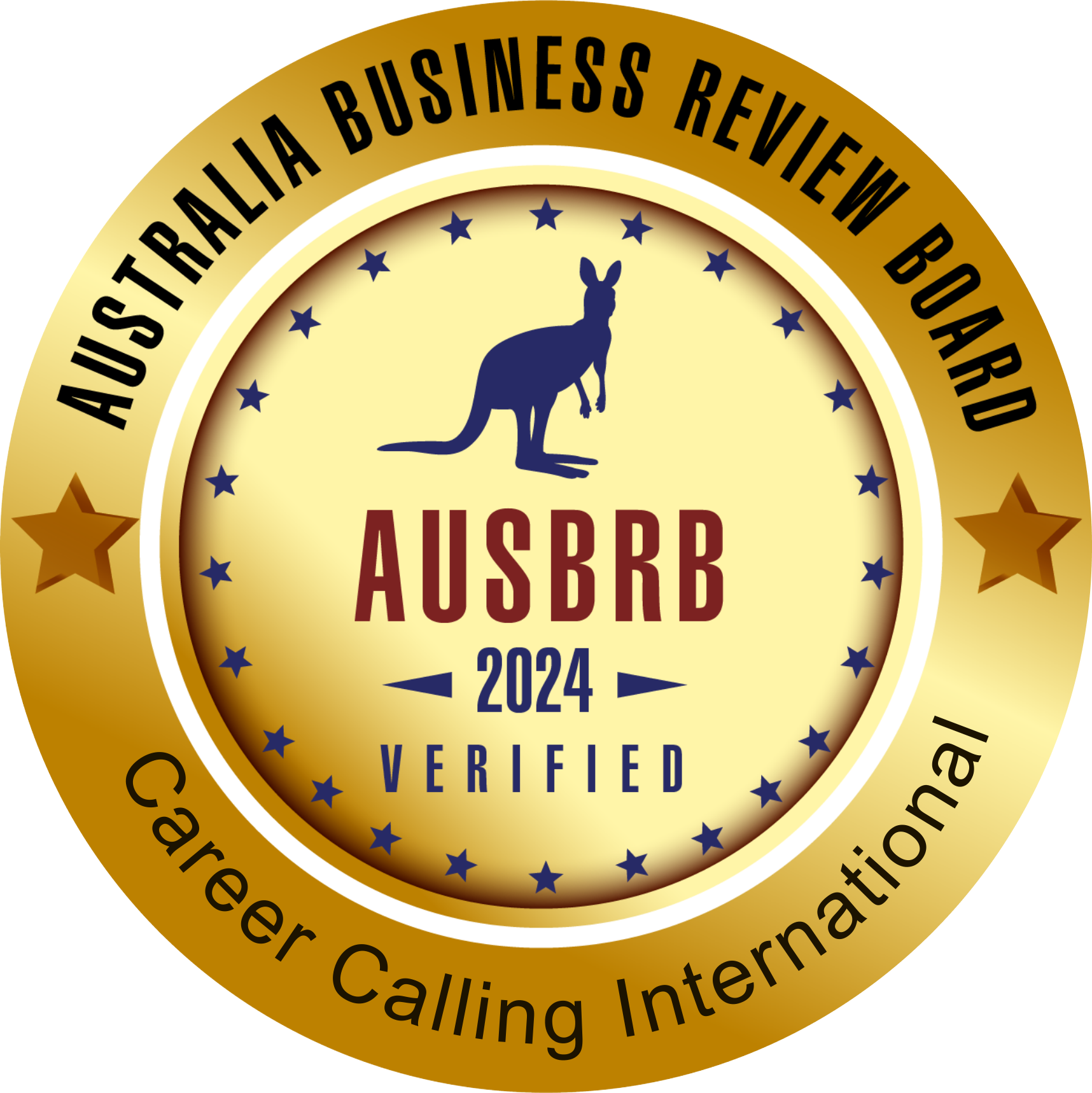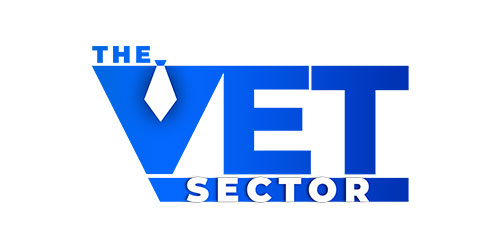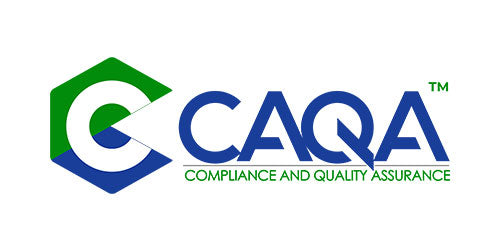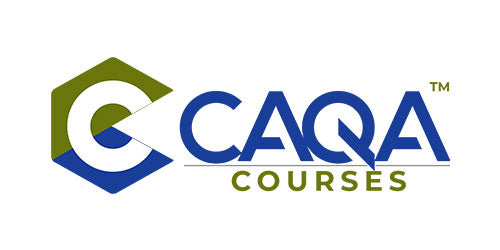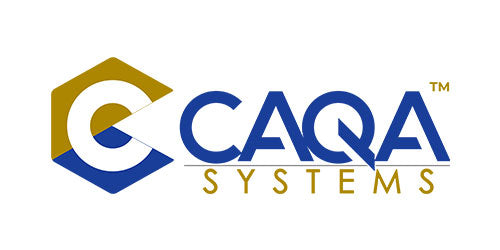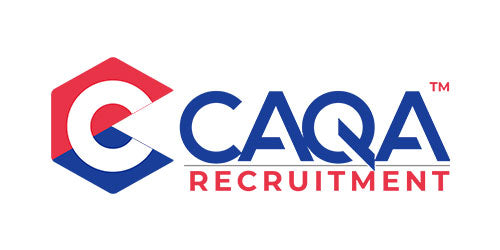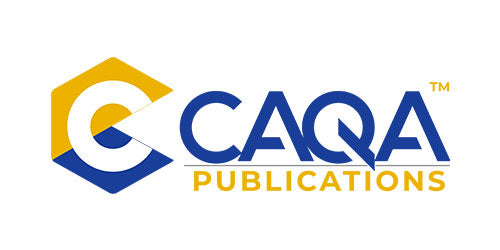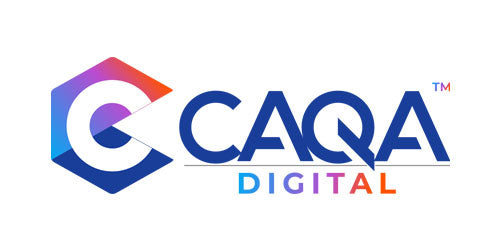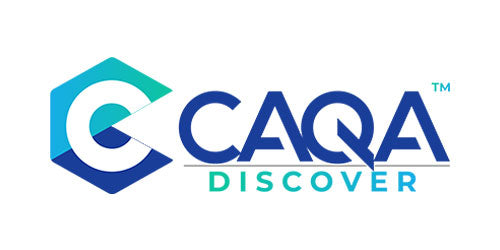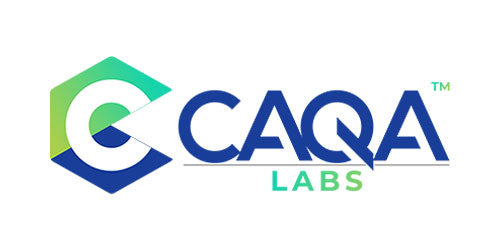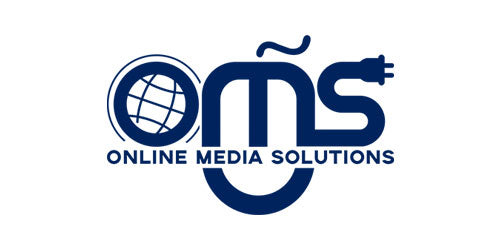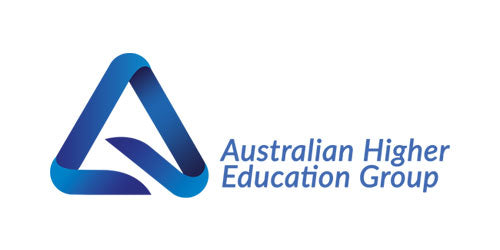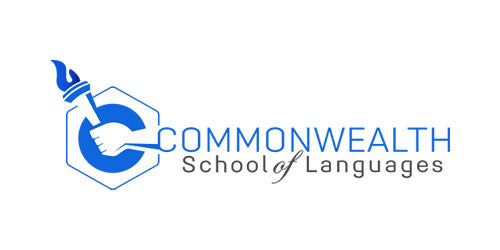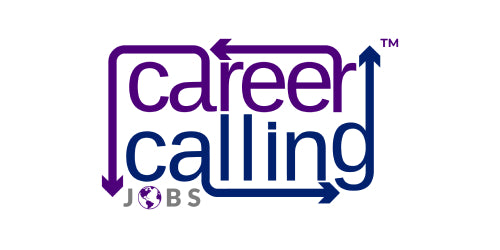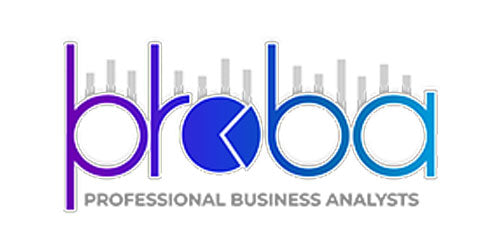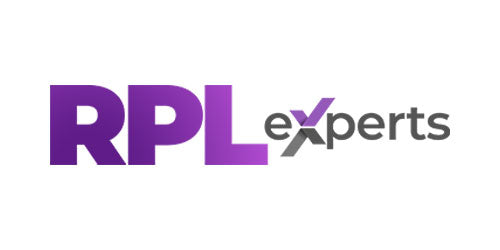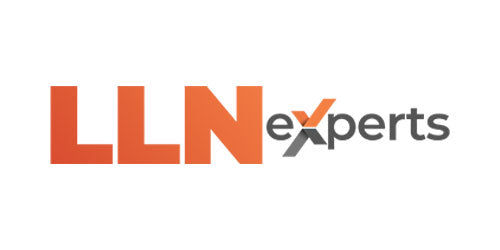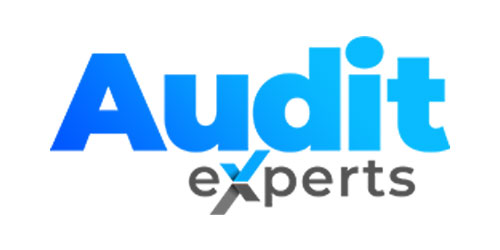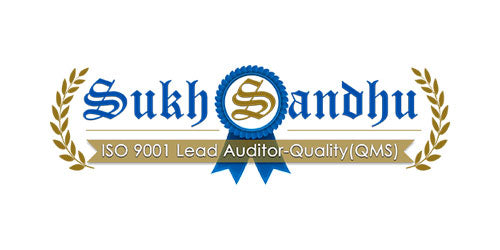In an increasingly competitive Vocational Education and Training (VET) sector, Registered Training Organisations (RTOs) must innovate to thrive. While Peter Schultz's original framework provided valuable insights, we've expanded and modernised these concepts to create ten powerful accelerators that can transform your RTO's performance and profitability.
1. Digital Reach: From Simple Presence to Immersive Engagement
In the rapidly evolving digital landscape, modern Registered Training Organisations (RTOs) must adapt their outreach strategies to cast a significantly wider net. The traditional methods of attracting and engaging potential students are no longer sufficient in an era where information is readily available at one's fingertips. This accelerator is designed to measure your organisation's visibility across a comprehensive spectrum of channels, encompassing not only traditional marketing avenues but also the ever-expanding digital realm.
One crucial aspect of this measurement is social media engagement. In today's interconnected world, platforms such as Facebook, Instagram, LinkedIn, and Twitter have become integral to an organisation's online presence. The accelerator evaluates the frequency, quality, and impact of your social media posts, as well as the level of interaction with your audience through comments, shares, and direct messages. It's not just about having a social media account; it's about fostering meaningful connections and conversations with your target demographic.
Website visits form another critical component of your digital footprint. The accelerator analyses various metrics related to your website's performance, including unique visitors, page views, time spent on site, and bounce rates. These indicators provide valuable insights into how effectively your website is attracting and retaining potential students' interest. Moreover, the accelerator examines the user experience of your website, ensuring that it is intuitive, informative, and optimised for both desktop and mobile devices.
While digital channels are undoubtedly important, physical campus interactions remain a vital touchpoint for many prospective students. The accelerator takes into account metrics such as campus tour attendance, information session participation, and walk-in inquiries. These face-to-face interactions often play a crucial role in a student's decision-making process and should not be overlooked in the digital age.
Success in today's competitive educational landscape requires a multi-channel presence that resonates with different demographic segments. This means tailoring your messaging and approach to suit various age groups, cultural backgrounds, and learning preferences. The accelerator helps identify which channels are most effective for reaching specific segments of your target audience, allowing you to allocate resources more efficiently and effectively.
Key Strategy: To thrive in this multi-faceted environment, RTOs must implement an omnichannel marketing approach that seamlessly integrates traditional and digital touchpoints. This strategy goes beyond simply being present on multiple platforms; it involves creating a cohesive and interconnected experience for prospective students across all channels. For instance, a student might first encounter your RTO through a social media ad, then visit your website for more information, and finally attend an on-campus information session. Throughout this journey, it's crucial to maintain consistent branding and messaging to reinforce your organisation's identity and value proposition.
Implementing an effective omnichannel strategy requires careful planning and coordination. It involves aligning your marketing team, admissions staff, and faculty to ensure that every interaction with a potential student, whether online or in-person, reflects your RTO's core values and educational offerings. This might include developing a comprehensive content strategy that addresses the needs and questions of prospective students at various stages of their decision-making process, from initial awareness to final enrollment.
Moreover, leveraging data analytics and customer relationship management (CRM) systems can help track and optimise the student journey across multiple touchpoints. By analysing this data, RTOs can gain valuable insights into student behaviour and preferences, allowing for more personalised and targeted marketing efforts.
Modern RTOs must embrace a holistic approach to visibility and engagement in the digital age. By measuring and optimising their presence across all relevant channels and implementing a cohesive omnichannel marketing strategy, RTOs can effectively reach and resonate with their target audience, ultimately driving enrollment and success in an increasingly competitive educational landscape.
2. Lead Magnetism: From Basic Forms to Value-First Engagement
Converting casual interest into meaningful engagement requires compelling value propositions. This accelerator focuses on creating irresistible entry points for potential students through strategic content and engagement opportunities.
Key Strategy: Develop industry-specific micro-credentials or skill tasters that showcase your expertise while capturing prospect information.
Contemporary Approaches:
- Virtual skill assessments offering immediate career insights
- Industry-specific micro-credentials as entry points
- Interactive career pathway visualisations
- Personal skills portfolio builders
- Free industry masterclass series
- Virtual mentoring sessions with industry experts
- Digital badges for engagement milestones
- Personalised learning roadmap generators
- Interactive course comparison tools
3. Enrollment Velocity: From Manual Processing to Smart Automation
The speed and efficiency of turning interested prospects into enrolled students can significantly impact your bottom line. This accelerator emphasises streamlining the decision-making and enrollment process.
Key Strategy: Implement a mobile-first enrollment system with integrated payment plans and instant qualification assessments.
Advanced Features:
- Blockchain-verified credential assessment
- Real-time qualification mapping
- Automated RPL assessments using AI
- Digital identity verification
- Smart payment plans with fintech integration
- Predictive completion modeling
- Dynamic course scheduling
- Automated prerequisite checking
- Instant digital enrollment confirmation
4. Learning Pathway Expansion
Modern learners seek comprehensive skill development. This accelerator focuses on creating integrated learning pathways that encourage students to pursue multiple qualifications or complementary skills.
Key Strategy: Design stackable qualification packages that build upon each other and align with industry career progression.
Innovative Elements:
- Cross-industry skill mapping
- Customisable learning trajectories
- Industry 4.0 skill integration
- Micro-credential stacking pathways
- Joint qualification programs
- International certification alignments
- Enterprise skill development partnerships
- Career progression modelling
- Continuous professional development tracking
Value Drivers:
- Industry mentor networks
- Employment outcome guarantees
- Global certification alignments
- Enterprise partnership benefits
- Advanced simulation training
- Industry project participation
- International exchange opportunities
- Research collaboration access
- Innovation lab participation
5. Premium Value Positioning: From Cost to Investment Mindset
In a price-sensitive market, differentiation through value is crucial. This accelerator focuses on developing and communicating unique value propositions that justify premium pricing.
Key Strategy: Incorporate industry partnerships, placement programs, and mentorship opportunities into course offerings.
Value Drivers:
- Industry mentor networks
- Employment outcome guarantees
- Global certification alignments
- Enterprise partnership benefits
- Advanced simulation training
- Industry project participation
- International exchange opportunities
- Research collaboration access
- Innovation lab participation
6. Student Lifetime Value: From Completion to Career Partnership
Building long-term relationships with students creates sustainable revenue streams. This accelerator emphasises creating ongoing engagement and learning opportunities throughout a student's career journey.
Key Strategy: Implement a career-long learning passport program with regular skill updates and professional development opportunities.
Modern Approaches:
- Digital alumni networks
- Continuous upskilling subscriptions
- Industry placement programs
- Career coaching services
- Professional development tracking
- Alumni mentorship programs
- Industry networking events
- Skill refresh programs
- Career transition support
7. Operational Excellence: From Cost Management to Smart Operations
Efficient operations directly impact profitability. This accelerator focuses on optimising resources while maintaining quality standards.
Key Strategy: Leverage technology for automated assessment, content delivery, and student support to reduce operational costs.
Advanced Systems:
- AI-driven resource allocation
- Predictive maintenance scheduling
- Smart facility management
- Dynamic capacity planning
- Automated compliance monitoring
- Real-time performance analytics
- Digital quality assurance systems
- Resource optimisation algorithms
- Sustainability metrics tracking
8. Industry Integration: Bridging Education and Employment
Strong industry connections create competitive advantages. This accelerator measures the depth and breadth of your industry partnerships and their impact on student outcomes.
Key Strategy: Establish an industry advisory board and develop co-designed training programs with leading employers.
Key Elements:
- Real-time curriculum alignment
- Industry co-designed programs
- Work-integrated learning platforms
- Industry equipment partnerships
- Joint research initiatives
- Industry placement programs
- Professional certification alignment
- Industry mentor networks
- Innovation partnerships
9. Innovation Quotient
Staying ahead of industry trends and technological advances is crucial. This accelerator measures your RTO's ability to adapt and innovate in response to changing market demands.
Key Strategy: Create an innovation fund and dedicated team focused on exploring and implementing emerging training technologies and methodologies.
Priority Areas:
- Extended reality (XR) training environments
- AI-enhanced assessment systems
- Blockchain certification
- Adaptive learning platforms
- Internet of Things (IoT) integration
- Green technology training
- Digital twin simulations
- Quantum computing awareness
- Emerging technology integration
10. Quality Metrics
Maintaining high standards while scaling operations is essential for long-term success. This accelerator focuses on measuring and improving key quality indicators.
Key Strategy: Implement a comprehensive quality management system that tracks student satisfaction, completion rates, and employment outcomes.
Advanced Metrics:
- Real-time student success tracking
- Predictive intervention systems
- Employment outcome monitoring
- Industry satisfaction metrics
- Graduate capability mapping
- Long-term career tracking
- Continuous improvement analytics
- Stakeholder feedback loops
- Impact assessment frameworks
Implementing the Perfect 10 Framework
Success with these accelerators requires a systematic approach:
- Baseline Assessment: Measure current performance across all ten accelerators
- Priority Setting: Identify the most impactful areas for immediate improvement
- Action Planning: Develop specific strategies and timelines for each accelerator
- Resource Allocation: Ensure adequate resources are available for implementation
- Progress Monitoring: Establish regular review cycles to track improvements
Implementation Strategy for Modern RTOs
Phase 1: Digital Transformation
- Audit current digital capabilities
- Identify technology gaps
- Develop a digital integration roadmap
- Train staff in digital competencies
- Implement core digital systems
Phase 2: Experience Enhancement
- Design immersive learning experiences
- Develop personalised learning pathways
- Create virtual engagement opportunities
- Establish industry partnerships
- Build digital assessment frameworks
Phase 3: Optimisation and Innovation
- Implement AI-driven analytics
- Develop predictive modeling capabilities
- Create innovation testbeds
- Establish continuous improvement cycles
- Build future-ready capabilities
The Compound Effect
The power of this framework lies in the compound effect of small improvements across multiple accelerators. A modest 10% improvement across all ten areas can result in significant overall growth in revenue and profitability.
Conclusion
Today's RTO sector demands a sophisticated approach to growth and sustainability. The Perfect 10 Accelerators framework provides a comprehensive roadmap for RTOs seeking to excel in a competitive market. By focusing on these key areas and implementing systematic improvements, RTOs can build robust, profitable operations that deliver outstanding student outcomes.
Success in implementing these accelerators requires commitment, resources, and a willingness to innovate. However, the potential rewards – including increased market share, improved profitability, and enhanced student outcomes – make this investment worthwhile for forward-thinking RTOs.









